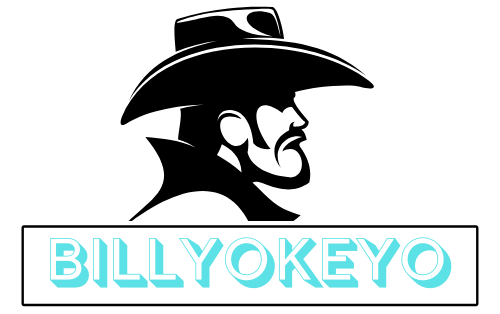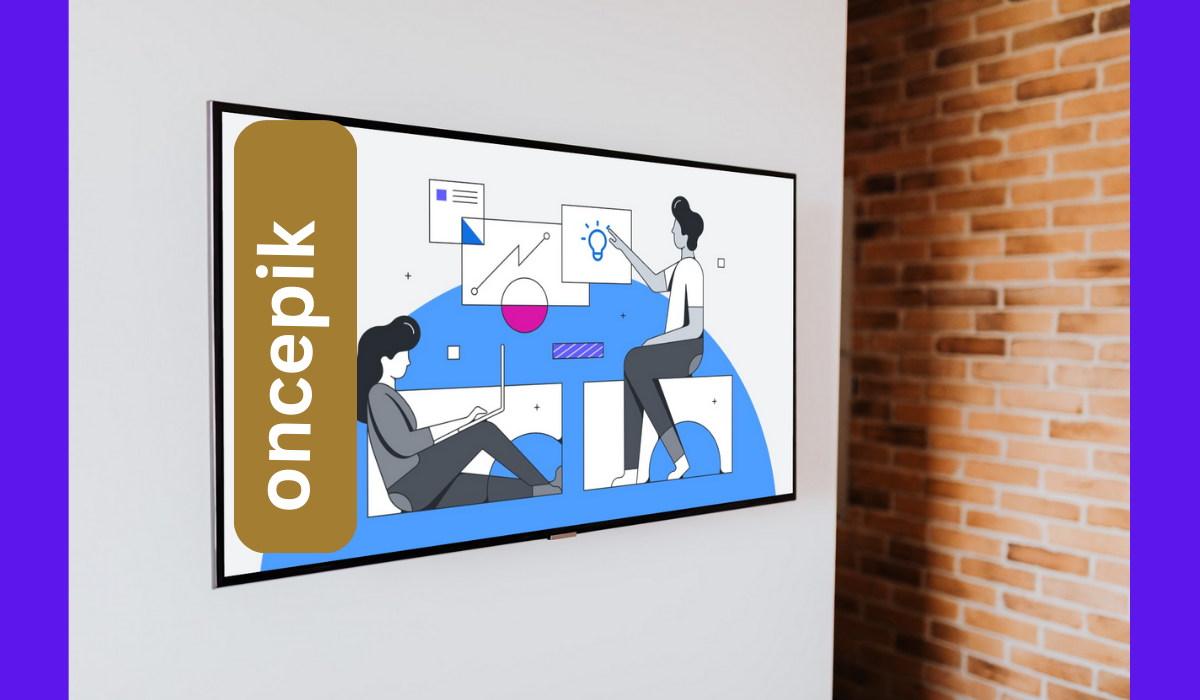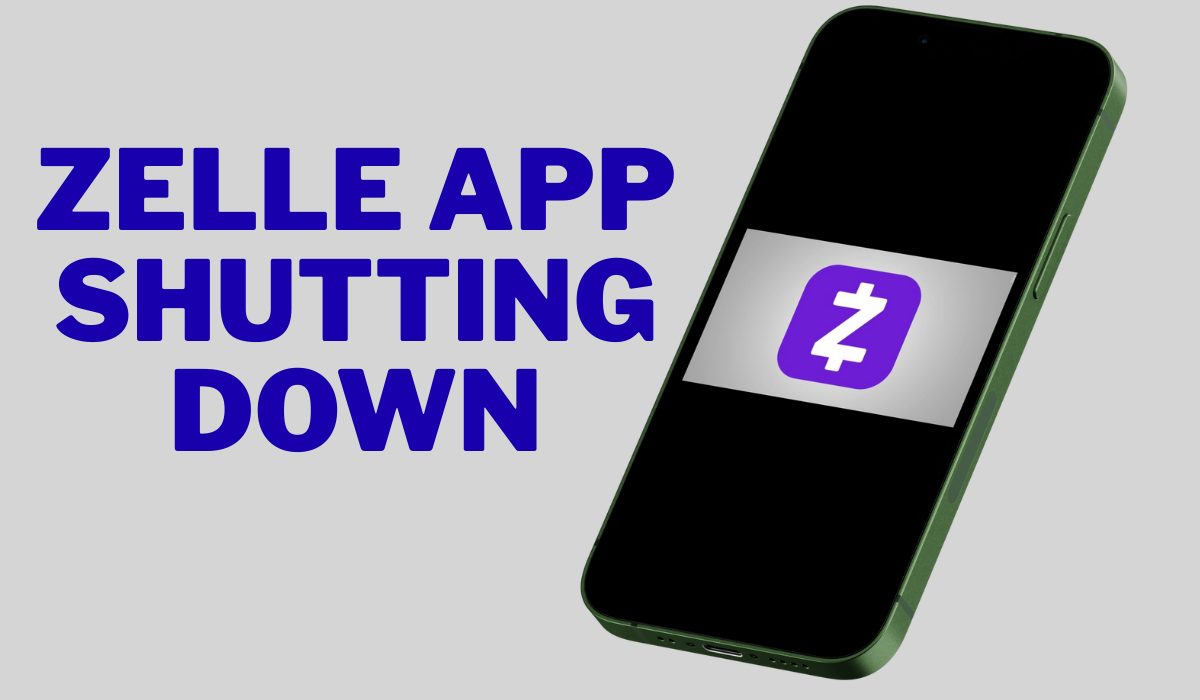When citizens face bureaucratic roadblocks or feel wronged by powerful institutions, who can they turn to for help? Enter the ombudsmänner—independent officials whose sole purpose is to investigate complaints and champion fairness. These guardians of justice operate across governments, industries, and organizations worldwide, yet many people remain unaware of their crucial role.
The term “ombudsmänner” might sound unfamiliar, but these officials have been protecting individual rights for centuries. Originally emerging in Sweden as parliamentary appointees tasked with overseeing government administration, ombudsmen (the anglicized singular form) have evolved into essential pillars of democratic accountability.
This comprehensive guide explores the fascinating world of ombudsmänner, from their historical origins to their modern-day impact. You’ll discover how these neutral mediators function, the various types that exist, and why they’re becoming increasingly important as societies grow more complex. Whether you’re a student of governance, a professional seeking to understand institutional accountability, or simply curious about mechanisms that protect citizen rights, this exploration will illuminate the vital work of these often-overlooked champions of justice.
The Historical Roots of Ombudsmänner
The concept of ombudsmänner traces back to 1809 Sweden, where the Parliament established the position of Justitieombudsman to monitor government officials and ensure they followed the law. The Swedish word “ombudsman” literally translates to “representative” or “commissioner,” reflecting the role’s fundamental purpose of representing citizens’ interests against administrative abuse.
Sweden’s innovation arose from a practical need. As governmental bureaucracy expanded during the early 19th century, citizens increasingly encountered situations where they felt powerless against administrative decisions. The ombudsman provided a solution—an independent official who could investigate complaints without the formal constraints of court proceedings.
The Swedish model proved so effective that other Scandinavian countries quickly adopted similar systems. Finland established its ombudsman in 1920, followed by Denmark in 1955 and Norway in 1962. Each nation adapted the concept to fit its unique governmental structure while maintaining the core principle of independent oversight.
The post-World War II era marked a significant expansion period for ombudsmänner globally. New Zealand became the first English-speaking country to adopt the system in 1962, followed by the United Kingdom in 1967. The concept then spread rapidly across continents, with countries recognizing the value of having neutral arbiters to handle citizen grievances.
Core Functions and Responsibilities
Ombudsmänner serve three primary functions that distinguish them from other oversight mechanisms. First, they investigate complaints from individuals who believe they’ve been treated unfairly by government agencies, corporations, or other institutions. This investigative power extends beyond simple fact-finding—ombudsmen can access documents, interview witnesses, and compel cooperation from relevant parties.
The second crucial function involves making recommendations based on their findings. While most ombudsmänner lack direct enforcement power, their recommendations carry significant weight due to their independence and expertise. Organizations typically comply with ombudsman recommendations to maintain their reputation and avoid further scrutiny.
Third, ombudsmänner work proactively to improve systemic issues. Rather than simply addressing individual complaints, effective ombudsmen identify patterns that suggest broader problems within institutions. They then propose reforms to prevent similar issues from recurring, contributing to long-term improvements in governance and service delivery.
The investigative process typically follows a structured approach. Citizens file complaints directly with the ombudsman’s office, usually at no cost. The ombudsman then determines whether the complaint falls within their jurisdiction and merits investigation. If accepted, they gather evidence impartially, often serving as mediators between complainants and the institutions involved.
What sets ombudsmänner apart from courts or regulatory agencies is their accessibility and informal approach. Citizens don’t need lawyers or extensive legal knowledge to file complaints. The process emphasizes resolution rather than punishment, creating an environment where institutions are more likely to cooperate and address legitimate concerns.
Diverse Types of Ombudsmänner
The ombudsman concept has evolved to encompass various specialized roles, each tailored to specific sectors or issues. Government ombudsmänner remain the most common type, operating at national, regional, and local levels. These officials handle complaints about public services, administrative decisions, and government employee conduct.
Parliamentary ombudsmänner, following the original Swedish model, report directly to legislative bodies and maintain independence from executive branches. This structure ensures they can investigate government agencies without political interference. Countries like Australia, Canada, and South Africa have successfully implemented this model.
Industry-specific ombudsmänner have emerged to address complaints within particular sectors. Financial services ombudsmen handle banking and insurance disputes, while telecommunications ombudsmen address service provider issues. These specialized roles require deep sector knowledge and maintain relationships with both consumers and industry players.
Healthcare ombudsmänner represent a rapidly growing category, reflecting the complexity of modern medical systems. They investigate complaints about patient care, billing disputes, and access to services. Some focus specifically on mental health services or long-term care facilities, recognizing the unique vulnerabilities these populations face.
Corporate ombudsmänner operate within large organizations, providing employees and customers with neutral channels for raising concerns. These internal ombudsmen help companies identify problems early and resolve disputes before they escalate to external authorities or legal proceedings.
Educational ombudsmänner serve universities and school systems, handling disputes between students, faculty, and administration. They address issues ranging from academic grievances to discrimination complaints, playing crucial roles in maintaining fair educational environments.
Benefits for Individuals and Organizations
For individuals, ombudsmänner provide accessible recourse when traditional complaint channels fail. Citizens often feel intimidated by formal legal processes or lack resources to challenge powerful institutions. Ombudsmen bridge this gap by offering free, informal dispute resolution services that prioritize fairness over technicalities.
The psychological benefit cannot be understated—knowing that an independent advocate exists provides comfort to citizens dealing with bureaucratic frustrations. Even when ombudsmen cannot fully resolve complaints, the process of having concerns heard and investigated often satisfies people’s need for acknowledgment and fair treatment.
Organizations benefit from ombudsmänner in several ways. External ombudsmen help institutions identify service gaps and process improvements without the adversarial atmosphere of lawsuits. Companies that cooperate with ombudsman investigations often resolve issues more quickly and cost-effectively than through traditional legal channels.
Internal ombudsmänner provide early warning systems for organizational problems. By encouraging employees to report concerns without fear of retaliation, companies can address issues before they become major scandals or legal liabilities. This proactive approach often saves organizations significant resources while improving workplace culture.
The reputation benefits are substantial. Organizations that work constructively with ombudsmänner demonstrate their commitment to accountability and customer service. This positive image helps build public trust and can provide competitive advantages in sectors where reputation matters significantly.
Challenges and Limitations
Despite their benefits, ombudsmänner face several inherent challenges that limit their effectiveness. The most significant limitation is the lack of enforcement power. While ombudsman recommendations carry moral authority, they cannot compel compliance the way court orders do. Organizations may ignore recommendations if they calculate that the reputational damage is less costly than implementing changes.
Resource constraints plague many ombudsman offices, particularly those serving large populations or complex sectors. Limited staff and budgets mean longer investigation times and reduced ability to pursue systemic reforms. This situation creates backlogs that frustrate complainants and may discourage others from seeking help.
Jurisdictional boundaries can confuse citizens and limit ombudsman effectiveness. Many issues span multiple agencies or sectors, requiring coordination between different ombudsmen or falling into gaps where no one has clear authority. This fragmentation can leave some legitimate complaints unaddressed.
Political pressure represents another challenge, particularly for government ombudsmänner. While designed to be independent, these officials may face subtle pressure to avoid investigating sensitive issues or may find their budgets threatened when their work creates political embarrassment.
The voluntary nature of many ombudsman schemes means that some organizations simply refuse to participate. Without legal mandates requiring cooperation, these entities can ignore ombudsman requests for information or refuse to implement recommendations.
Success Stories and Notable Cases
Several high-profile cases demonstrate the impact ombudsmänner can have on institutional accountability. In the United Kingdom, the Parliamentary and Health Service Ombudsman’s investigation into NHS complaints handling led to significant reforms in how the health service addresses patient concerns. The case highlighted systemic failures and resulted in new guidelines that improved outcomes for thousands of patients.
Australia’s Commonwealth Ombudsman achieved a major victory in the “Centrelink robo-debt” case, where automated welfare debt recovery systems incorrectly demanded repayments from thousands of citizens. The ombudsman’s investigation exposed flaws in the system and contributed to its eventual suspension, saving vulnerable people from inappropriate debt collection actions.
The European Ombudsman has successfully challenged EU institutions on transparency issues, leading to greater public access to documents and decision-making processes. These cases demonstrate how ombudsmänner can influence powerful institutions even without formal enforcement authority.
Corporate ombudsmänner have also achieved notable successes. IBM’s ombudsman program helped resolve internal conflicts and improve employee satisfaction, while banking ombudsmen in various countries have secured millions in compensation for customers who were mis-sold financial products.
The Digital Age and Future Evolution
Technology is transforming how ombudsmänner operate and expanding their potential impact. Online complaint systems make ombudsman services more accessible, particularly for people in remote areas or those with mobility limitations. Digital platforms also enable better tracking of complaint patterns and outcomes.
Artificial intelligence and data analytics are helping ombudsmänner identify systemic issues more quickly. By analyzing large volumes of complaints, these tools can highlight emerging problems before they affect significant numbers of people. This capability enhances the preventive function of ombudsman work.
Social media has created new channels for ombudsman engagement while also presenting challenges. Citizens increasingly expect rapid responses to complaints shared online, putting pressure on ombudsman offices to adapt their communication strategies. Some ombudsmen now use social platforms to educate the public about their services and share information about resolved cases.
The COVID-19 pandemic accelerated digital transformation within ombudsman offices while also creating new types of complaints. Issues around remote work, digital service delivery, and pandemic-related restrictions required ombudsmänner to develop expertise in previously unfamiliar areas.
Looking ahead, ombudsmänner will likely face increasing demands as societies become more complex and citizens become more aware of their rights. Climate change, artificial intelligence governance, and global supply chain accountability represent emerging areas where ombudsman oversight may prove valuable.
Building Better Accountability Systems
The success of ombudsmänner ultimately depends on several factors that organizations and governments must consider when establishing these roles. Independence is paramount—effective ombudsmen need protection from political and commercial pressures that might compromise their objectivity. This requires secure funding arrangements and clear mandates that prevent interference with investigations.
Accessibility remains crucial for ombudsman effectiveness. Services must be available in multiple languages, through various communication channels, and without financial barriers. Many successful ombudsman offices have invested in community outreach programs to ensure vulnerable populations know about available services.
Transparency in ombudsman operations builds public trust and demonstrates accountability. Regular reporting on complaint volumes, resolution rates, and systemic improvements helps stakeholders understand the value these offices provide. Publishing case studies (while protecting privacy) educates the public and may prevent similar problems elsewhere.
Collaboration between different ombudsmänner strengthens the overall system. Information sharing, joint investigations, and coordinated approaches to systemic issues can overcome jurisdictional limitations and provide more comprehensive solutions to complex problems.
The relationship between ombudsmänner and other oversight mechanisms requires careful consideration. Rather than competing with courts, regulatory agencies, or internal complaint systems, effective ombudsmen complement these mechanisms by filling gaps and providing alternative resolution pathways.
The Enduring Value of Fair Representation
Ombudsmänner represent democracy in action—independent advocates ensuring that power is exercised fairly and citizens’ voices are heard. As institutions grow larger and more complex, the need for accessible, neutral arbiters becomes increasingly important. These officials serve as bridges between ordinary people and powerful organizations, making accountability tangible rather than theoretical.
The Swedish innovation of over two centuries ago has proven remarkably adaptable, spreading across cultures and evolving to meet contemporary challenges. From investigating government maladministration to resolving corporate disputes, ombudsmänner provide hope that fairness can prevail even when individuals feel powerless.
Their success ultimately depends on public awareness and institutional commitment to accountability. Citizens must know these services exist and feel confident using them. Organizations must view ombudsman engagement as an opportunity for improvement rather than unwelcome interference.
As we face an uncertain future filled with technological disruption and social change, the principles embodied by ombudsmänner—independence, accessibility, and commitment to fairness—remain as relevant as ever. These quiet champions of justice deserve recognition and support as essential components of healthy democratic societies.
Consider exploring whether ombudsman services exist in your area and how they might help address concerns you’ve encountered. Understanding these mechanisms empowers citizens and strengthens the accountability systems that protect us all.





